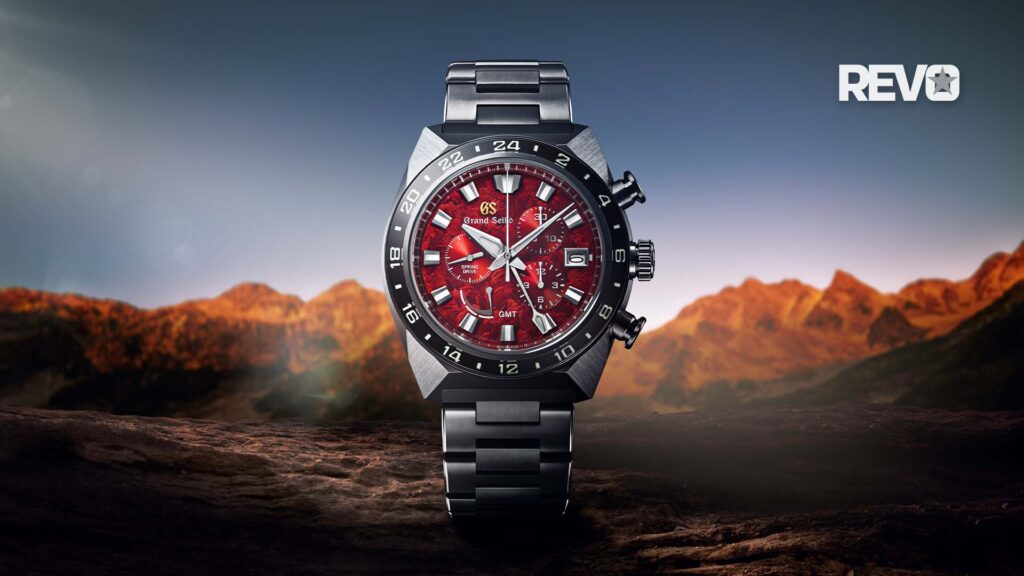Interviews
In Conversation with Edward Faber — Vintage Watch Dealer
If your name is Edward, why is your gallery called Aaron Faber?
When we were much younger, I was 23, and we were starting this business, the specter of failure was very real. We didn’t want to stigmatize my name, so we were thinking about what to name it, and in New York businesses are listed from A-Z and Aaron with two “As” would put us at the front of all the listings.
How did you get started in watches?
I got into watches kind of by accident. We were building this jewelry gallery in midtown Manhattan 42 years ago. A guy named David Saunders knocked on my door and said I should really look at American watches with great style, like Elgin, Illinois and Hamilton. I told him to go away.
He said to me, “I’ll give you 25 watches to put on your shelf,” and I was surprised that in the first two weeks, we sold about half of them. Later, I met Stuart Unger and received some tutelage from him, and I started getting really interested in vintage American watches. Within a few years, I started going to Switzerland to the auctions, and I became friends with a whole network of dealers, particularly Osvaldo Patrizzi, who owned Antiquorum, so I expanded my purview to European watches. Stuart and I wrote a book about American watches in 1988, called American Wristwatches: Five Decades of Style and Design (by Schiffer Book for Collectors). Once we did that, we were well on our way and we became known. We were the only gallery in midtown Manhattan, so we got a lot of referrals and walk-ins.
What do you like about early American watches?
I love the aesthetic form of American watches. It’s utilitarian and it’s relatively small. All these designers had to reinterpret their designs. I have a particular soft spot for Hamilton and Illinois, and remember that Hamilton bought Illinois in 1927. It’s hard to beat the porcelain dial of an early Illinois, with black circles with the numbers in the center-it’s called the telephone dial because it looks like an old rotary phone.
How is your business split right now?
We are probably half jewelry and half watches. We are always interested in experimenting, however. We carry this very passionate Italian guy, Calamai, who carves his ebauches out of the block of an Italian Air Force training airplane, and he makes a great chronograph. We also have the Meistersinger single hand watches as well. If the design is compelling, we will give it a chance.
What watch are you wearing now?
I am wearing the Patek Philippe Ref. 5000 in white gold, from 1991/1992. They are far more interesting than the later Pateks.
How do you know what will become collectible?
I am aware of current watches, but they’re not not really on my radar. In these collapsing and consolidating times, with the difficulties that the Swiss industry is having, the one bright spot is vintage. I think the pricing on new watches will come down as a result. If a new chronograph is priced at $81,000, the original might be selling at $20,000, so you have to open your eyes. The vintage watch market allows that price adjustment to increase excitement.
You have to pay attention to trends. The new ceramic bezel Daytona is trading above list price today, which is remarkable, and it is going to be quite a collectible. I think that some of the limited editions from Patek and some of the new technologies by Vacheron, Piaget and Omega will make these good watches to buy.
Who drives these trends?
These wonderful forums that have developed are always fascinated with the style and design of the chronograph. What is really hot right now is the steel chronograph. Some of the chronographs from Longines are showing renewed interest. We just bought a round button Corbert-it’s all driven by the aesthetic and the condition.
Where do you find your watches?
It’s all about networking. Because we are regarded as a Manhattan fixture, and because we have been in the same location for 40 years, we have a great deal of referral business coming to us. We participate and are members of many watch groups, and paying attention to the auctions, we can get a good overview of the market.
Can you tell me what your Collector’s Club is?
We are trying to stimulate interaction between collectors and the gallery, get them engaged, connect with them. We need, as a dealer, to find different ways to engage the public.
What watch are you trying to find for yourself?
I would really like a good example of a Patek enamel dial from the 1950s, preferably the tropical version. There are many fakes floating around, where the dials have been made independently of the watchmaker. I keep an eye out for the quality of the enamel work—how they did enamel in the 1950s is very unique. Decorative dials, because I come from an art background of jewelry, have always intrigued me.
Do you enjoy what you do?
You can’t be in this business if you don’t love it. It’s very disheartening when markets collapse, so you have to have passion.










